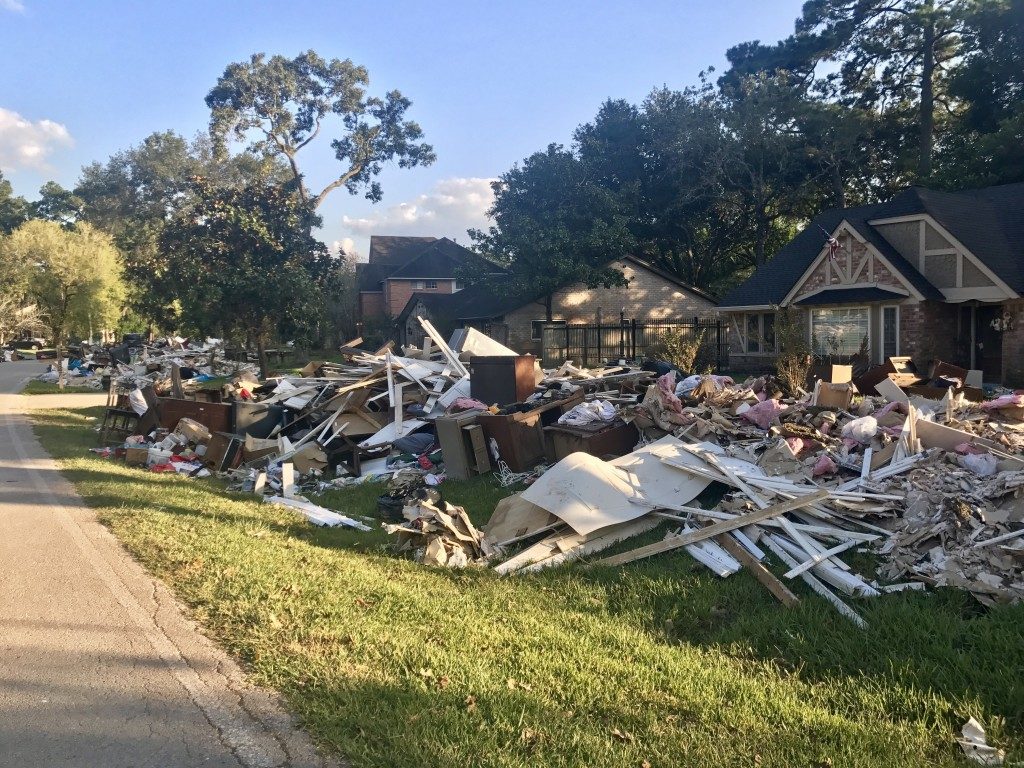From extreme and volatile weather like heat waves and hurricanes to naturally occurring phenomena like earthquakes and volcanic eruptions, disasters outside of humanity’s control can happen any time and in any part of the world. From 2016 to 2018, there was an average of 15 billion-dollar disasters each year, according to the Consumer News and Business Channel.
Luckily great strides and investments have been made in boosting technological capacity to forecast when and where the next natural hazard will occur. Researchers are using artificial intelligence (AI) to crunch enormous amounts of good quality datasets for their predictions. Google and Harvard, for one, are working together to develop an AI system that can predict earthquake aftershocks. Additionally, Japan is using satellites to monitor changes from images it takes of the earth that can signal an incoming tsunami or typhoon. While these forecasting tools are vital, the preparedness of communities and individuals can’t be stressed enough in mitigating the damage incurred by disasters.
Need for coordinated efforts
Disaster preparedness is more than stocking up on non-perishable food and ensuring sturdy residential roofing of your house in Miami. It requires all of society’s effort with civil society, businesses, and government working together to design a well-coordinated plan to strengthen resiliency and response efforts. Efforts of individual households can only do so much without institutional support and contribution from vital national players. Risk reduction measures must also be actively bolstered even in normal circumstances to enable the affected population to get back on its feet as quickly as possible.

Most industries can contribute to hazard reduction. Schools can include disaster preparedness modules in their curriculum, orienting students even at a young age. This can inspire the youth to become the next generation of researchers, public administrators, and engineers to strengthen society’s infrastructure in dealing with nature’s course. Information technology companies can help in improving emergency responses and provide input to the government’s communication initiatives. Society would be more prepared if everyone does their part in taking natural disasters seriously and approaching them scientifically.
At the community level
Communities can draft their plans that can be implemented at a moment’s notice to avoid being caught unaware. A committee composed of trusted and knowledgeable community members must be created that will lead to response efforts. The following measures can be discussed:
Warning System – An established local alert system can help everyone know when and how to react in given circumstances, lessening instances of panic and anxiety. Coordinating with radio and television stations for information on evacuation routes and other procedures is recommended.
Neighborhood Directory – It is helpful for the committee to have a list of contact numbers and email addresses of all residents, noting those with special needs that will need more assistance during an emergency. People with medical and technical skills that can lend a helping hand are also worthwhile to identify.
Evacuation procedures – Develop a neighborhood evacuation plan in close coordination with local authorities, and conduct information drives as needed. Familiarity with primary and alternate routes to evacuation centers can help avoid issues in transportation.
School and family emergency plans – Encourage local school districts and families to develop their preparedness plans and policies. These may include predetermined meeting places, emergency pet care, and procurement of supplies.
Planning for worst-case scenarios can make a big difference in saving lives and minimizing damages. Don’t wait until a disaster strikes for you to be prepared. Demand action from your local and national authorities and be proactive in promoting awareness and risk management measures.




